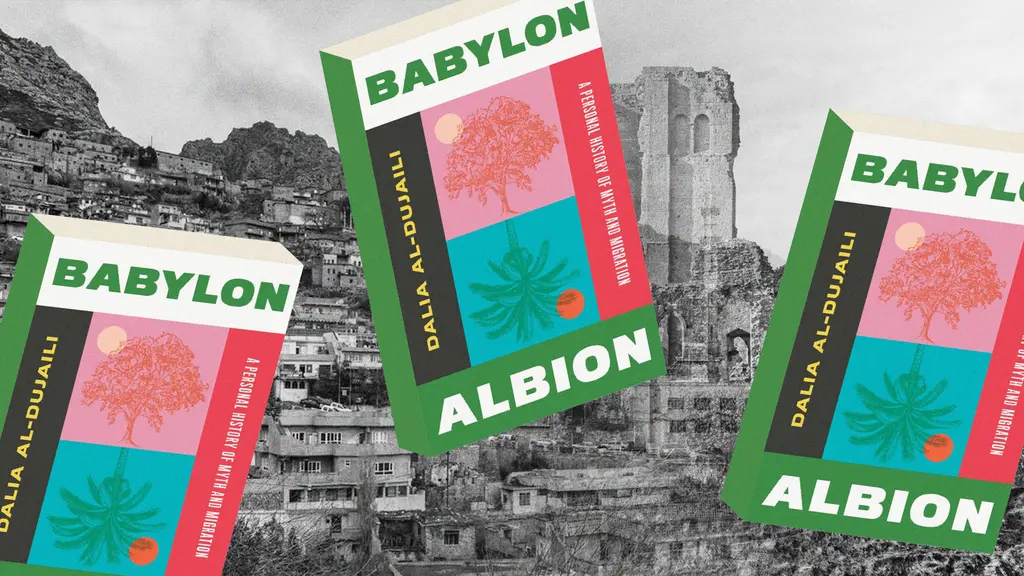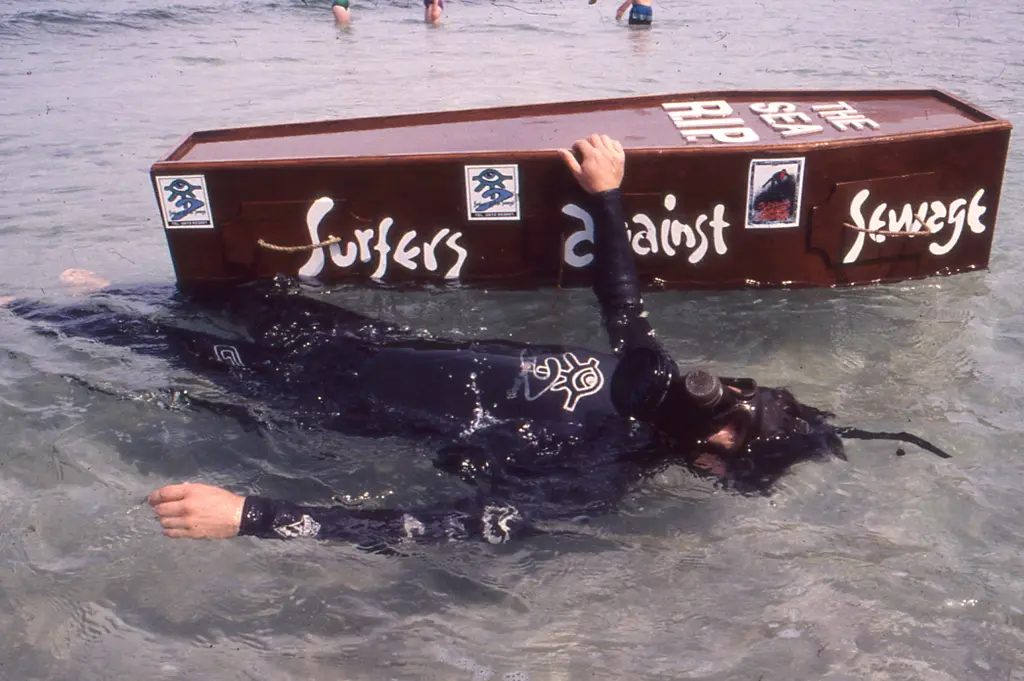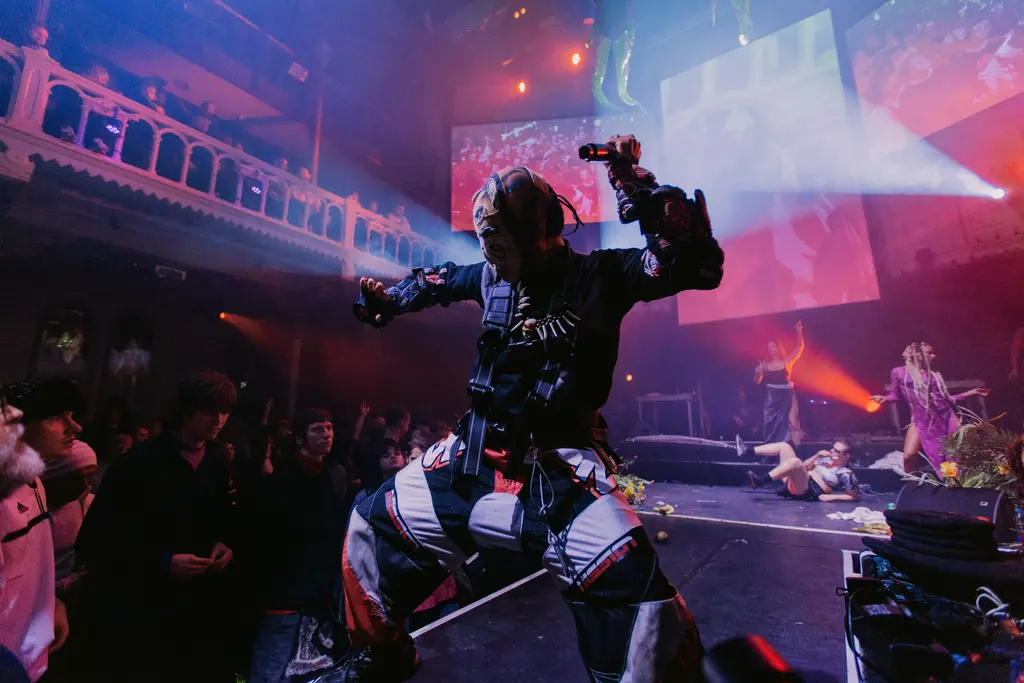Inside the archives of West Africa’s oldest operating photo studio
- Text by Miss Rosen
- Photography by J.K. Bruce-Vanderpuije

At the tender age of 23, Ghanaian photographer J.K. Bruce-Vanderpuije (1899-1989) founded Deo Gratias Studio in Accra, which is understood to be the oldest extant photography studio in West Africa. The year was 1922, and the nation of Ghana had yet to be born but the winds of change were in the air as the African Independence Movement began to take root.
For seven decades, photographer Bruce-Vanderpuije chronicled the radical changes sweeping across Ghana as it liberated itself from the yoke of British colonial rule. With the new exhibition, Unveiling the Shadows of the Past: J. K. Bruce-Vanderpuije – The Hidden Icon of Photography in Africa, Ethiopian photographer and curator Aïda Muluneh brings together a selection of 40 previously unseen works from the 1920s, ‘30s, and ‘40s that trace the radical political and social shifts that helped catapult Ghana to independence in 1957.
“The narrative of our history is often seen through the lens of Europe, so I believe the archive gives an exciting unfiltered insight to life in Ghana through the eyes of a born and bred Ghanaian,” Bruce-Vanderpuije’s granddaughter, Kate Aku Tamakloe, who now manages Deo Gratias.




The family-run business has become a repository of Ghanaian culture and history with an archive that includes some 50,000 images that chart both nation’s transformation as well as the evolution of photography itself. “The studio has played an important role in shaping each generation of my family,” says Tamakloe.
“My grandfather was a strict, meticulous man and a devout Christian. He took great pride in his work as a photographer and the quality of his work is what made him so renowned,” she continues. “He also understood the need to teach and invest in others. Many Ghanaian photographers trained under his able leadership. One of his major preoccupations was legacy and the training of those who should succeed him.”
His son, Issac Hudson, followed in the footsteps of Bruce-Vanderpuije, became a photographer, and inherited the studio, while Tamakloe (Hudson’s daughter) recognises her role as steward of family legacy and Ghanaian heritage. Although photography has played a significant role in West Africa since the late 19th century, it is only in recent years that foundational artists like Bruce-Vanderpuije are receiving their due in the West.


As a forefather of modern African photography, Bruce-Vanderpuije deftly used his position to document historic events and personages, as well as scenes of everyday life, crafting a complexly layered portrait of a people on the precipice of freedom. His devotion to photography helped forge a path for luminaries including Malick Sidibé (1936-2016) and James Barnor (b. 1929), the latter opening his own photo studio in nearby Jamestown.
“The archive is a powerful reminder of who we are despite the influence of the West,” says Tamakloe. “Our culture has a part [to play] a we become more globalised and we can take ownership of our own art and the fact that it has its place on the world stage.”
Unveiling the Shadows of the Past: J. K. Bruce-Vanderpuije – The Hidden Icon of Photography in Africa runs 12 January – 24 February 2024 at Efie Gallery, Dubai.
Enjoyed this article? Follow Huck on X and Instagram.
Support stories like this by becoming a member of Club Huck.
You might like

Dalia Al-Dujaili: “When you’re placeless, nature can fill the void”
Babylon, Albion — As her new book publishes, the British-Iraqi author speaks about connecting with the land as a second-generation migrant, plants as symbols of resistance, and being proud of her parents.
Written by: Zahra Onsori

Katie Goh: “I want people to engage with the politics of oranges”
Foreign Fruit — In her new book, the Edinburgh-based writer traces her personal history through the citrus fruit’s global spread, from a village in China to Californian groves. Angela Hui caught up with her to find out more.
Written by: Angela Hui

Meet the hair-raised radicals of Berlin’s noise punk scene
Powertool — In his new zine, George Nebieridze captures moments of loud rage and quiet intimacy of the German capital’s bands, while exploring the intersections between music, community and anti-establishment politics.
Written by: Miss Rosen

The rebellious roots of Cornwall’s surfing scene
100 years of waveriding — Despite past attempts to ban the sport from beaches, surfers have remained as integral, conservationist presences in England’s southwestern tip. A new exhibition in Falmouth traces its long history in the area.
Written by: Ella Glossop

Southbank Centre reveals new series dedicated to East and Southeast Asian arts
ESEA Encounters — Taking place between 17-20 July, there will be a live concert from YMO’s Haruomi Hosono, as well as discussions around Asian literature, stage productions, and a pop-up Japanese Yokimono summer market.
Written by: Zahra Onsori

We are all Mia Khalifa
How humour, therapy and community help Huck's latest cover star control her narrative.
Written by: Alya Mooro




